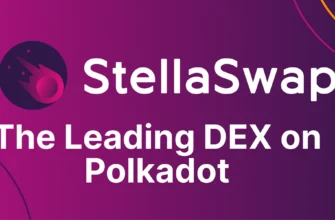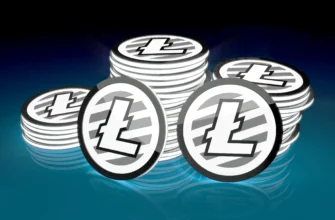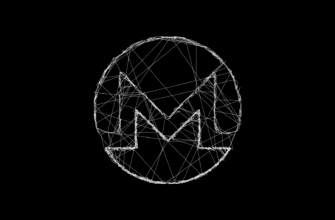Understanding ERC‑20: The Standard for Ethereum Tokens
Introduction
ERC‑20 is the most widely adopted standard for creating tokens on the Ethereum blockchain. By defining a common set of rules, ERC‑20 ensures that different tokens can interact seamlessly with wallets, exchanges, and smart contracts. Whether you’re a developer planning your next decentralized application or an enthusiast exploring Ethereum’s ecosystem, understanding ERC‑20 is essential.
What Is ERC‑20?
ERC‑20 stands for “Ethereum Request for Comment 20.” It represents a technical specification that outlines how tokens should behave on the Ethereum network. Tokens following this specification are known as ERC‑20 tokens. Adhering to a shared standard simplifies integration and guarantees compatibility across the Ethereum ecosystem.
Core Features of the ERC‑20 Standard
ERC‑20 defines six mandatory functions and three optional ones. These functions allow wallets and smart contracts to:
- Query Balances
balanceOf(address account) → uint256
Returns the token balance of a given address.
- Transfer Tokens
transfer(address recipient, uint256 amount) → bool
Moves a specified number of tokens from the caller’s account to another.
- Approve and Transfer on Behalf
approve(address spender, uint256 amount) → bool
Authorizes a third party to spend tokens on your behalf.transferFrom(address sender, address recipient, uint256 amount) → bool
Enables the approved spender to transfer tokens.
- Allowance Tracking
allowance(address owner, address spender) → uint256
Checks how many tokens a spender is allowed to use from the owner’s balance.
- Total Supply
totalSupply() → uint256
Provides the total number of tokens in circulation.
Optional functions include token name, symbol, and decimal precision, which improve the user experience by allowing wallets and interfaces to display tokens with human‑readable labels.
Why ERC‑20 Matters
- Interoperability
All ERC‑20 tokens follow the same interface, making it straightforward for wallets, decentralized exchanges, and DeFi protocols to support any new token without custom development. - Ecosystem Growth
A unified token standard accelerates innovation: developers can build new services and applications knowing their token will work across existing platforms. - Liquidity and Access
ERC‑20 tokens can be easily listed on exchanges and integrated into liquidity pools, opening them up to buyers and sellers around the world.
How ERC‑20 Tokens Are Created
To launch an ERC‑20 token, a developer writes a smart contract in Solidity (the primary programming language for Ethereum). This contract implements the ERC‑20 functions and specifies token parameters like:
- Name (e.g., “MyToken”)
- Symbol (e.g., “MTK”)
- Decimals (number of decimal places, typically 18)
- Initial Supply (total number of tokens minted at deployment)
Once deployed, the contract lives on the blockchain at a unique address. From that point onward, anyone can send, receive, or interact with the token according to the rules encoded in the contract.
Common Use Cases for ERC‑20 Tokens
- Utility Tokens
Provide access to features or services within a platform (e.g., payment tokens, voting rights). - Stablecoins
Tokens pegged to real‑world assets like fiat currency, offering stability in volatile markets. - Governance Tokens
Grant holders voting power over protocol upgrades and community decisions. - Non‑Fungible Token (NFT) Foundations
While NFTs use distinct standards, marketplaces often utilize ERC‑20 tokens for trading fees and rewards.
Benefits and Limitations
Benefits
- Predictable behavior across platforms
- Broad industry support and documentation
- Rapid onboarding for new tokens
Limitations
- Limited to fungible tokens—every unit is identical
- Cannot natively represent unique digital assets (for which other standards exist)
- Requires gas fees for every operation, which can fluctuate
The Future Beyond ERC‑20
Ethereum’s development continues with proposals that enhance scalability, security, and token functionality. While ERC‑20 remains dominant, newer standards such as ERC‑721 (for non‑fungible tokens) and ERC‑1155 (for multi‑token contracts) expand the possibilities of on‑chain assets.
Conclusion
ERC‑20 revolutionized asset creation on Ethereum by defining a simple, effective token interface. Its widespread adoption powers a vast array of decentralized finance applications, stablecoins, and utility tokens. By mastering ERC‑20, you gain insight into one of blockchain’s most foundational building blocks—empowering you to leverage, build, or engage with Ethereum’s dynamic token landscape.








